Autumn Gardening: Tips For After Labor Day
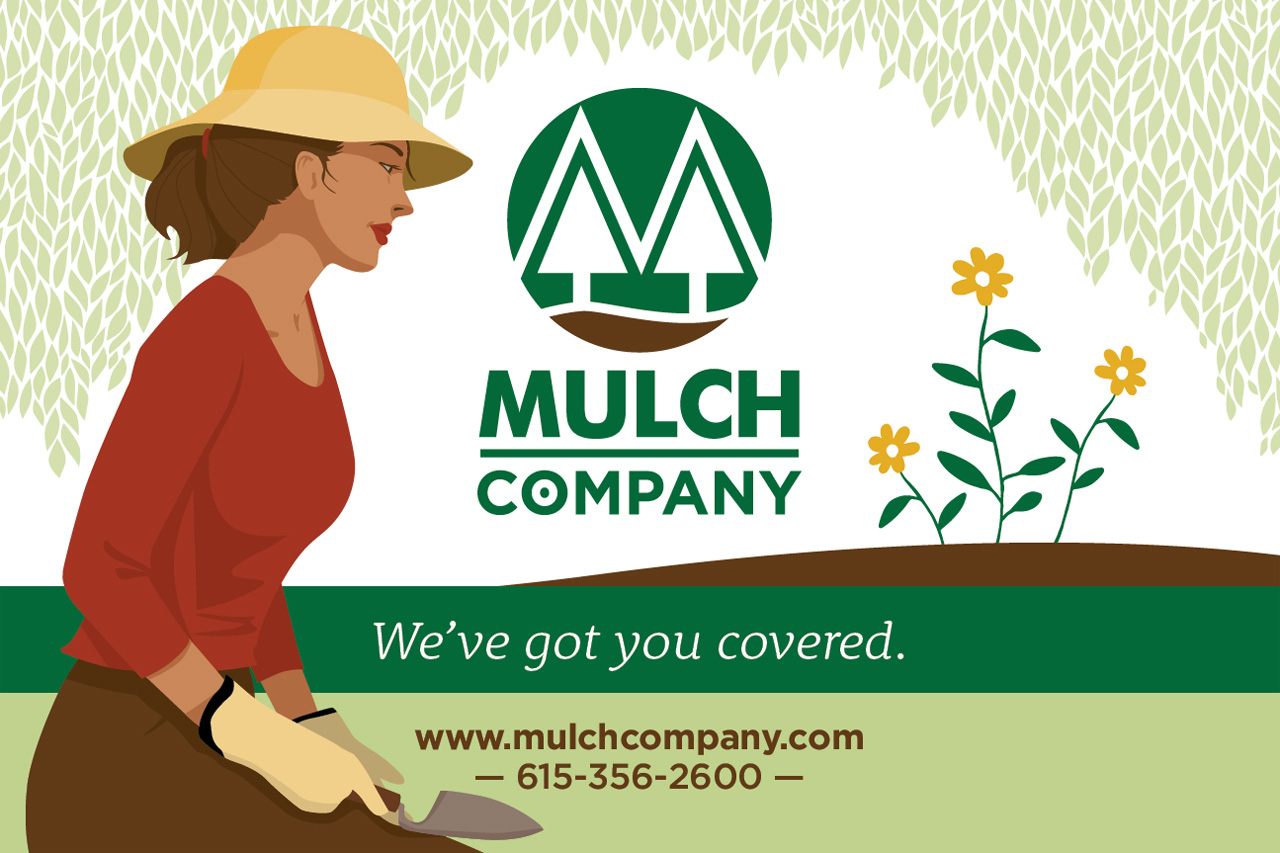
Here are our top ten tips for what to do (and what not to do) in the garden during autumn. Enjoy!
1). Improve your existing lawn!
Smart gardeners sow fescue seed in the early autumn to improve their existing lawn, after the summer heat but before the daytime temperatures drop below 70 °F. Fescue seed needs warm weather to germinate, but not hot weather. After Labor Day through Halloween is the perfect window to seed your lawn.
It’s also smart to sow seed before the leaves begin falling. There is no need to use straw when overseeding an existing lawn, but try to time your seeding with imminent rain in the forecast (or be prepared to water your lawn).
2). Plant a new lawn!
Ready to grow a new lawn? Prepare the base by spreading a layer of Tip Top Soil over the existing soil, then seed fescue with a spreader. When planting a new lawn, a smart gardener covers the seeded area with wheat straw (the birds will feast on the seed otherwise). Use a starter fertilizer (a fertilizer with the first of the three numbers of the NPK analysis being the lowest, see below). The best place to get such a fertilizer is at your local Farmers Co-op or a Landscape Supply store.

3). When the leaves fall, compost them!
As the autumn progresses and the leaves fall, remember to use a mulching mower on the leaves. The fine particles of ground up leaves make a perfect dressing for your lawn.
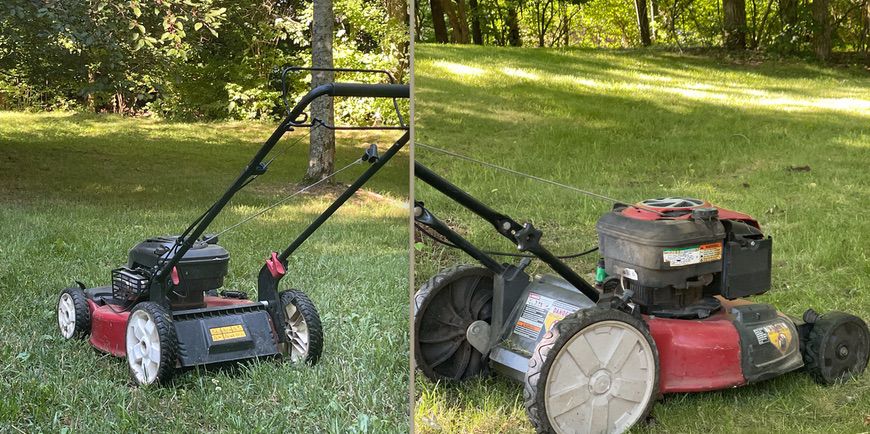
4). Start a compost pile with organic material from the kitchen!
Speaking of composting fallen leaves, autumn is also a great time to start a dedicated compost pile for your garden. Collect leaves that fall onto patios and driveways and into your landscaping. Find a remote spot in your yard and pile the leaves into your new compost site. Save all the organic material from the kitchen you usually throw away (potato peelings, lettuce leaves, coffee grinds, eggshells). Just place them in a bucket in your kitchen. When the bucket is full, empty it onto the leaf pile and cover with leaves. You are now a certified composter, mixing the nitrogen-rich organic waste with the carbon-rich leaves. This mixture will be composted and ready for you when gardening resumes next spring!

5). Plant shrubs, perennials, and bulbs!
Autumn is a great time to plant because the cooler temperatures reduce transplant stress on shrubs and perennials. Plant perennials such as Black Eyed Susans and Coneflowers now, and they will reward you with their beauty next spring. Plant bulbs such as Daffodils and Tulips last, usually around Thanksgiving.
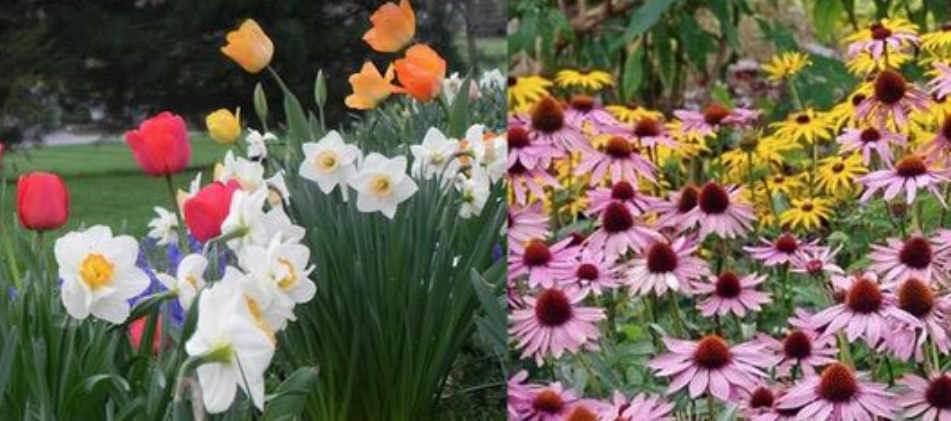
6). Build a raised garden bed.
Autumn is a great time to build that raised garden bed you’ve always wanted. Start by purchasing several old railroad ties (picture below for what an old railroad tie looks like) and loosely stack them two or three feet high so water can seep out. Don’t bolt or glue the ties together, they need to be porous to allow water to drain.
Next, place big, tennis-ball-sized rocks in the bottom six inches of the bed. This is for drainage. If you don’t loosely stack your railroad ties with spaces between them and if you don’t create a layer of stones at the very bottom of the bed, you end up with a bathtub instead of a raised garden bed! That leads to plants dying from root rot. Overwatering and a raised bed that does not shed water are the two most common causes of failed gardens.
Next, place Ultra Soil™ on top of the rocks. Then, plant your vegetables in the Ultra Soil™.
To keep weeds out, we recommend that you mulch the plants as they come up. Mulch with Gourmet Compost™ (an organic leaf compost with Piney Fines™ added into it).
Click here to learn more about the best soil for raised garden beds.
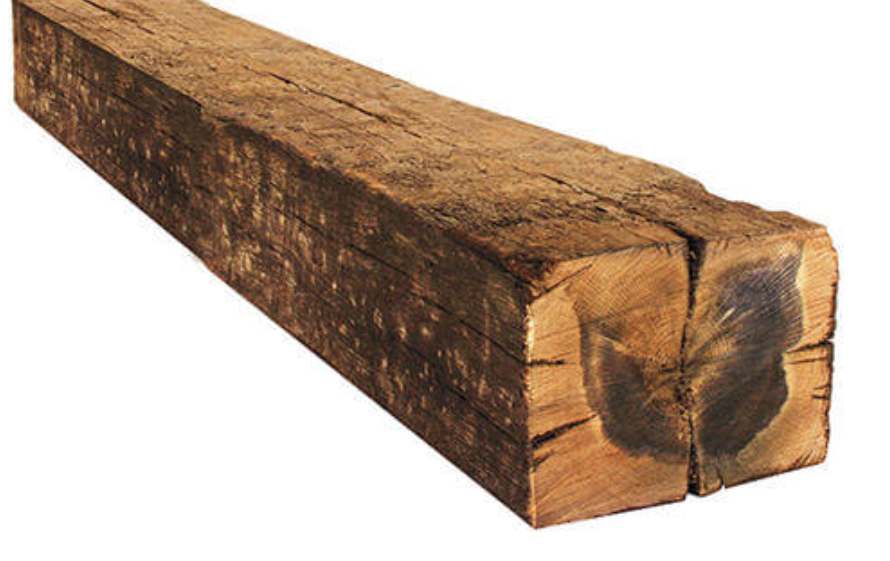
7). Install Topsoil.
From Labor Day to Thanksgiving is the best time to plant. This rule applies to planting shrubs, perennials, and trees.
Fall is the best time for planting because plants go into dormancy during these brisk months, making it easier to transplant, plant, and seed. Cooler weather means plants are less stressed by heat. And at the same time, the soil is still warm during the autumn months, perfect for root development! Tip Top Soil is fine for most projects, but if your planting plans involve acid-loving plants, consider using Ultra Soil, which is more acidic.
Click here to learn more about the best soil for fall planting.
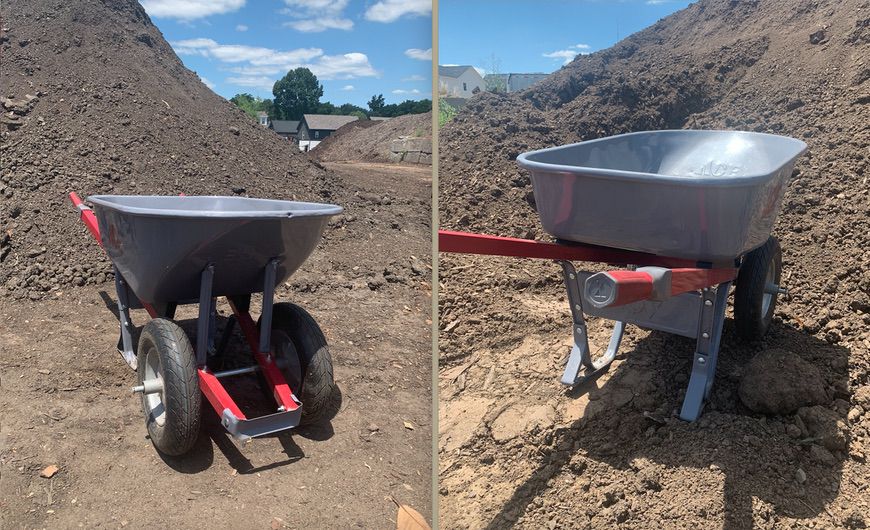
8). Make use of your leaves!
Fallen leaves during autumn are great for a lawn dressing and compost. Some gardeners place leaves in flower beds and vegetable gardens as an insulation buffer during cold weather. Traditional gardeners store root vegetables like potatoes, beets, and carrots in bushel baskets lined with leaves. Whatever you do, don’t just bag your leaves on the curb. Use them!
9). Don’t worry about weeds in your lawn now.
If you have suffered from crabgrass and other weeds in your lawn this past summer, now is not the time to do anything about it. The crabgrass and other weeds have already seeded your lawn with next year’s weeds. Simply seed-over your existing lawn with fescue now. The fescue is a cool season grass and will germinate in the autumn, while the weed seeds will remain dormant and wait for next summer.
When winter rolls around, get a head start on reducing the presence of weeds by using a spreader to cover your lawn with pre-emergent weed preventer, best done between Christmas and Valentine’s Day. (Pre-emergent weed killers eradicate weeds in late winter and early spring before the weeds even have a chance to sprout).
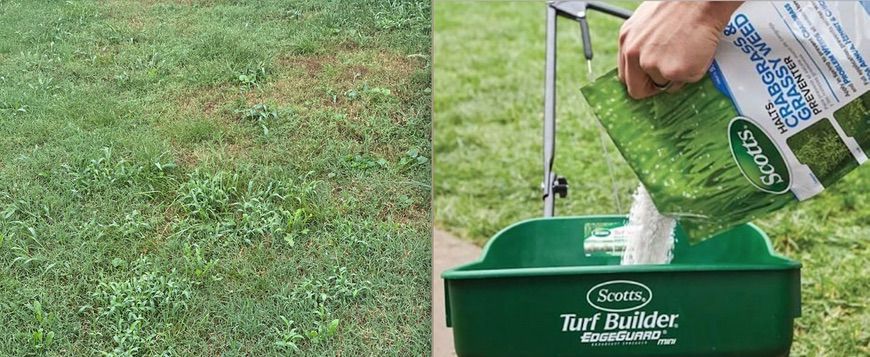
10). Don’t fertilize plants yet.
Except for fertilizing a new lawn in autumn, avoid fertilizing other plants. If you fertilize now, you will stimulate new plant growth, especially if we have a mild or wet autumn. Then comes the frost, which could kill off all that new growth!
No need to damage plants by encouraging growth during winter. Let them go into hibernation and help them by installing a protective layer of mulch around the base of your flowers, plants, trees, and shrubs to prevent damage to root systems from very cold temperatures.
Bonus Tip: Study, and Utilize Resources!
Here are some helpful resources to maximize your gardening potential during autumn:
To learn more about planting native trees, visit GroWild, Inc.
To learn about planting native shrubs and perennials, visit the Tennessee Urban Forestry Council.
To learn which mulch and soil products are best for your fall planting projects, visit our Product Info page.
Here’s to a Great Autumn Season… Spent Outside!
If you need mulch or topsoil for this season’s outdoor projects, we have the best mulch in Nashville! Simply visit our website to place an order , respond to this email, or call our office at (615) 356.2600.
Subscribe to Our Newsletter
Interested in getting free Smart Gardener tips in spring, summer, fall, and winter? Fill out your information to be added to our quarterly newsletter!


